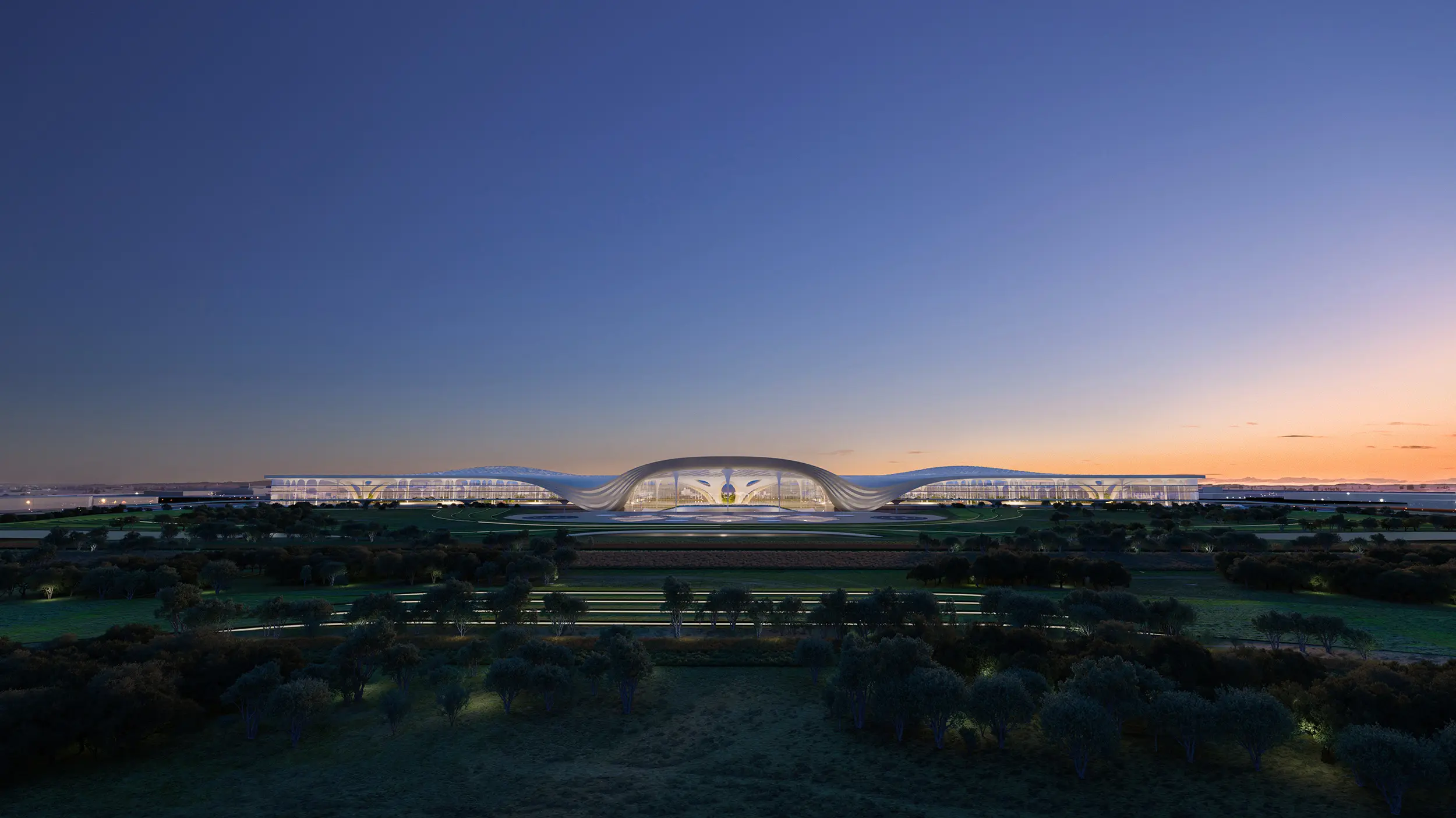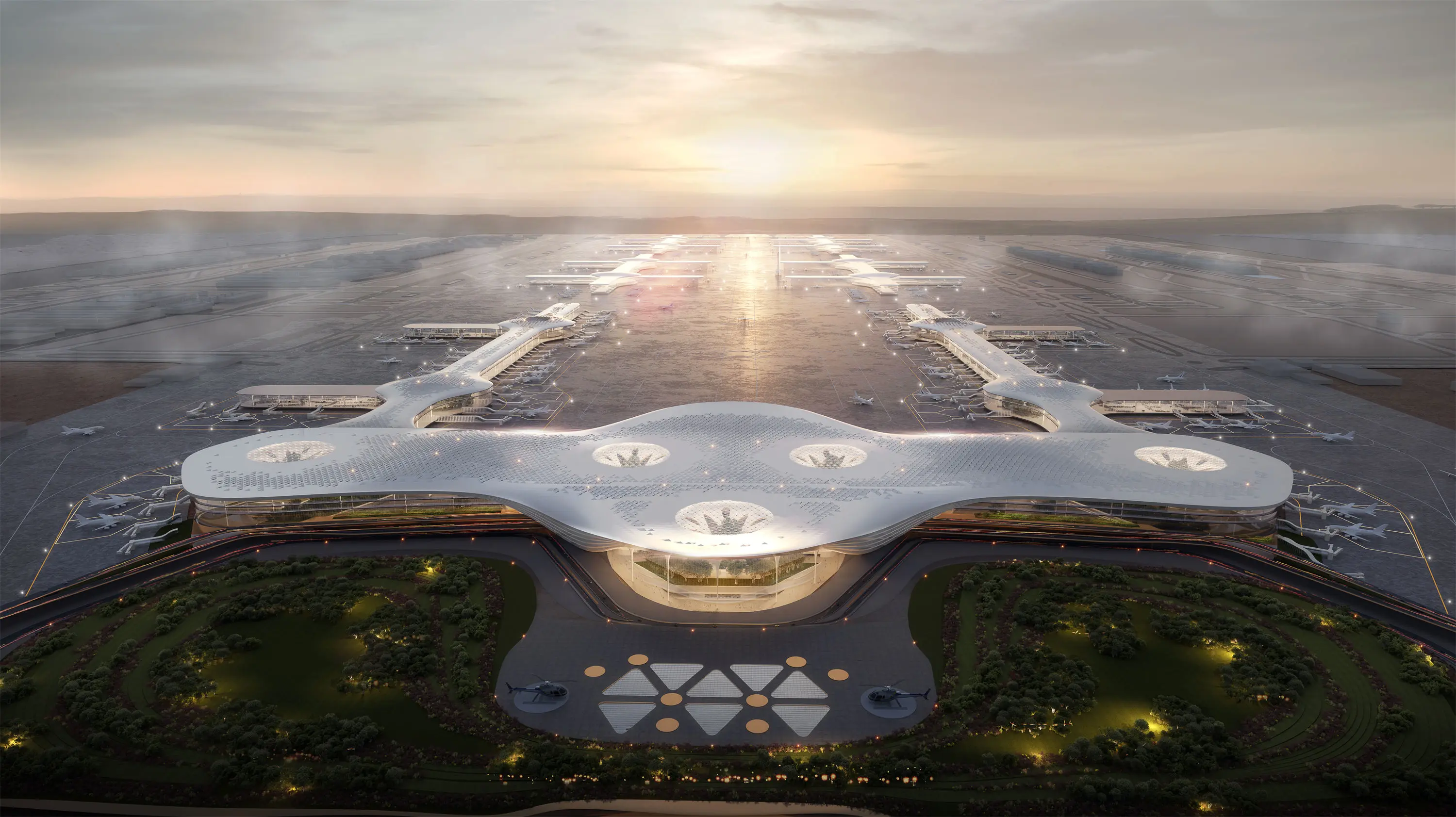How can visualization improve communication?
Architectural visualizationplays a crucial role in communication with clients, especially when clients are confused about architectural drawings, its advantages are particularly evident. Most traditional architectural drawings are in two-dimensional form. For non-professionals, it is difficult to accurately imagine the actual three-dimensional form of the building from them. Architectural visualization, by constructing detailed three-dimensional models, presents the exterior and interior Spaces of buildings in a three-dimensional form, enabling clients to clearly observe architectural details from different angles, such as roof slopes, window shapes, material textures, and room layouts and spatial relationships.
The application of architectural animation further enhances this intuitiveness. It dynamically displays various parts of the building by simulating the walking paths of people in the building, making customers feel as if they were there. For instance, in the display of residential communities or commercial complexes, animationscan successively show the building's appearance, landscape greening and the layout of public facilities along the road, helping clients have a comprehensive understanding of the project. This dynamic display method not only attracts clients but also enables them to understand the design intent more clearly.

Nowadays, architectural visualization technology has also introduced virtual reality (VR) and augmented reality (AR) devices, greatly enhancing the sense of participation of customers. Customers can enter the virtual architectural space with the help of VR devices, personally experience the scale and atmosphere of the space, and even try to change the decoration style and view the effect changes in real time. For ongoing projects, AR technology enables customers to view the virtual image of future buildings at the construction site through mobile phones or tablet devices, allowing them to experience in advance what they will look like after completion. This real-time interactive experience not only enables customers to understand the design more intuitively, but also enhances their sense of participation and satisfaction with the project.
Architectural visualization has also significantly improved communication efficiency. The visualization results present the design content in an easy-to-understand way, allowing customers to express their opinions and suggestions more clearly. For instance, when discussing the issue of building lighting, by using visualization software to simulate the natural lighting conditions at different time periods, customers can directly observe the lighting effects of each area without having to understand complex light analysis charts. This intuitive display method reduces design errors or construction problems caused by customers' inaccurate understanding of the drawings, helping both parties reach a consensus more quickly.
Overall, architectural visualization effectively resolves customers' confusion about architectural drawings through intuitive 3D models, animation demonstrations, and real-time interactive experiences, enhancing customers' sense of participation and communication efficiency. It clearly presents the three-dimensional overall appearance of the building, including exterior details, internal space layout and functional distribution, allowing customers to intuitively experience the architectural effect. With the help of VR and AR technologies, customers can experience the architectural space as if they were there and provide real-time feedback on modification suggestions, reducing misunderstandings and quickly reaching consensus, thereby enhancing the overall efficiency and quality of project communication.
LIGHTS is china top rendering company-architectural animation studio,3d architectural rendering services,architectural rendering animation,architecture maquette making.


